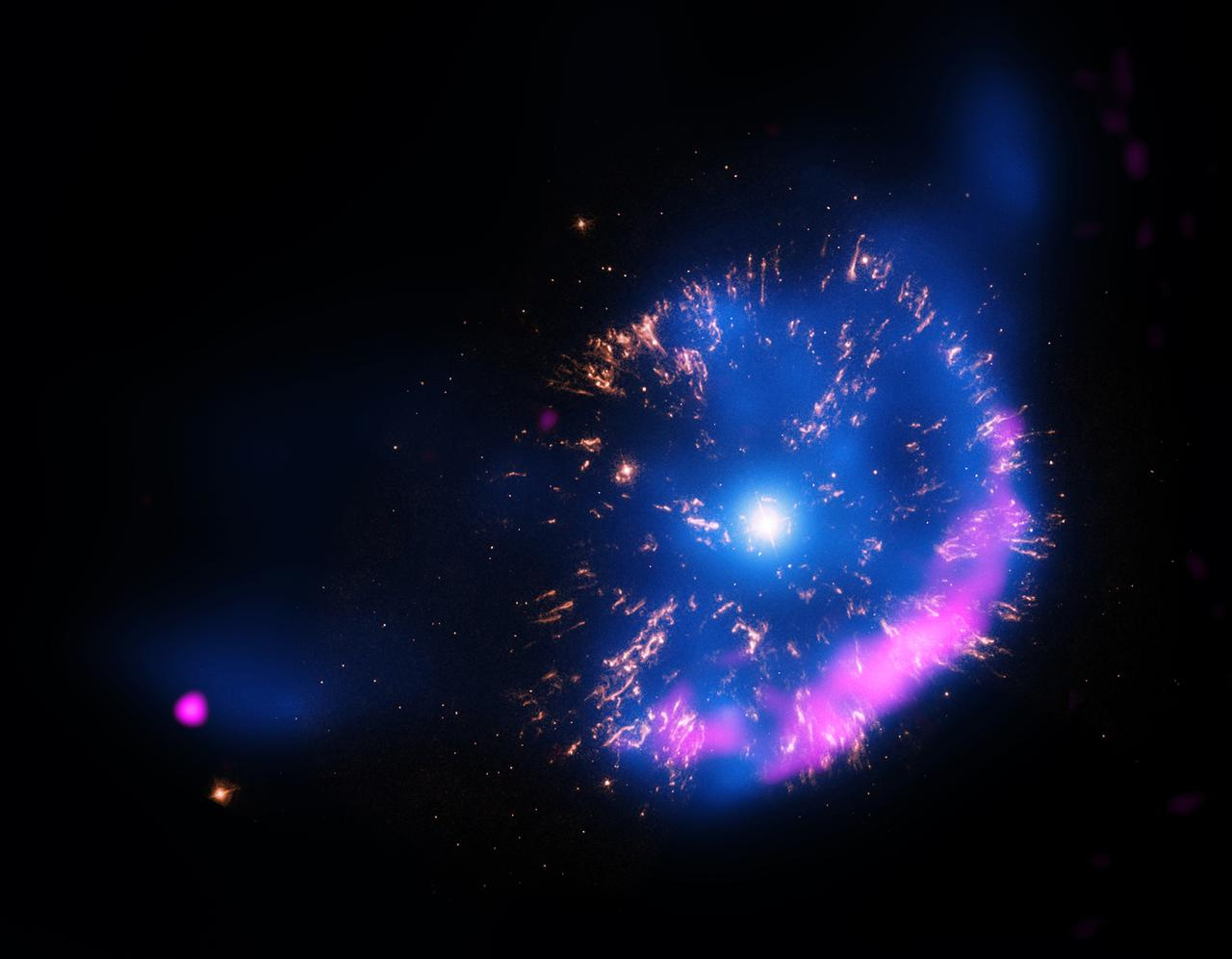NASA engineers have developed a snake-like robot to explore icy terrain. In the future, the device will be sent to Enceladus, an icy moon of Saturn that may have conditions capable of supporting life.
Enceladus is the sixth largest moon of Saturn. This world, smaller than our Moon, is covered by a thick crust of ice, beneath which lies a subsurface ocean that occasionally emits geysers of water. Its presence has made scientists wonder whether life could exist and develop on the surface of Enceladus. A few days ago, Science Robotics magazine presented a prototype of a robot created to search for its signals.
Resistant to extreme cold
The Exobiology Extant Life Surveyor (EELS) robot was developed by engineers from the Jet Propulsion Laboratory of the California Institute of Technology, in cooperation with experts from the Robotics Institute of Carnegie Mellon University in the United States of America. The prototype is about four meters long and consists of a head containing a computer and several parts that make up the body. They are connected by joints that allow them to rotate independently of each other. Each piece is also equipped with a key-like structure for movement.
EELS is designed to operate autonomously, moving slowly over icy terrain, collecting ice samples along the way. The collected material is then subjected to a series of tests to check whether it contains any chemical compounds that could indicate the presence of life. The robot also has an array of sensors and cameras that help it choose a path, and it's also resistant to cold – on Enceladus' equator, the temperature at noon averages -198 degrees Celsius.
The first EELS tests were performed in completely terrestrial conditions. In addition to experiments under test conditions, the team has already successfully tested the robot on the Athabasca Glacier in the Canadian province of Alberta.
The first version of the EELS robot being tested on a Canadian glacierNASA/JPL-Caltech
Main image source: NASA/JPL-Caltech

Echo Richards embodies a personality that is a delightful contradiction: a humble musicaholic who never brags about her expansive knowledge of both classic and contemporary tunes. Infuriatingly modest, one would never know from a mere conversation how deeply entrenched she is in the world of music. This passion seamlessly translates into her problem-solving skills, with Echo often drawing inspiration from melodies and rhythms. A voracious reader, she dives deep into literature, using stories to influence her own hardcore writing. Her spirited advocacy for alcohol isn’t about mere indulgence, but about celebrating life’s poignant moments.









